|
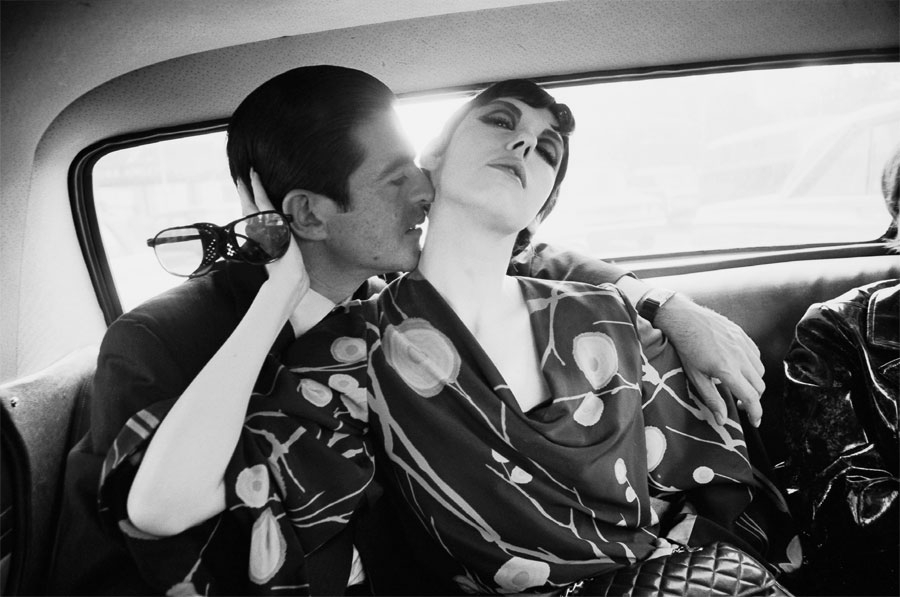 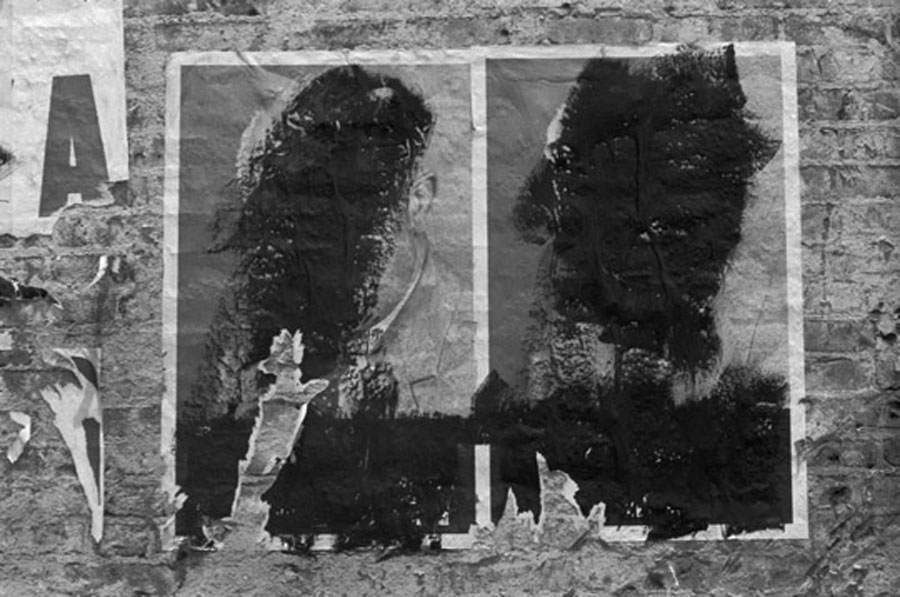 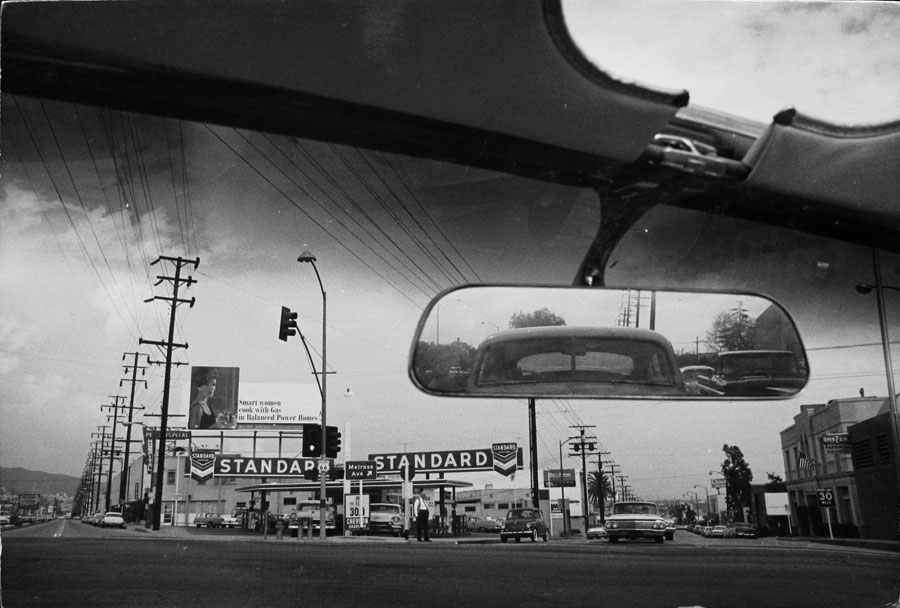 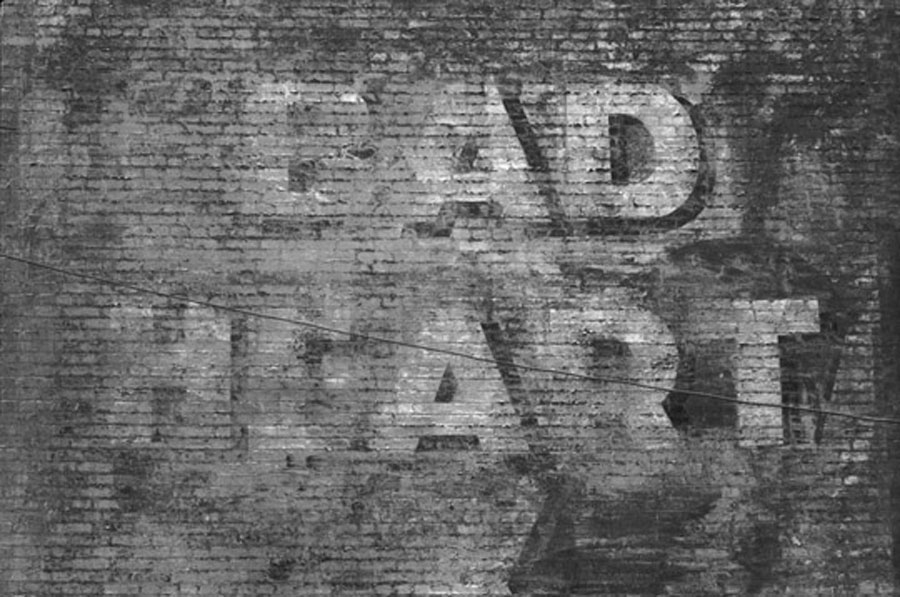 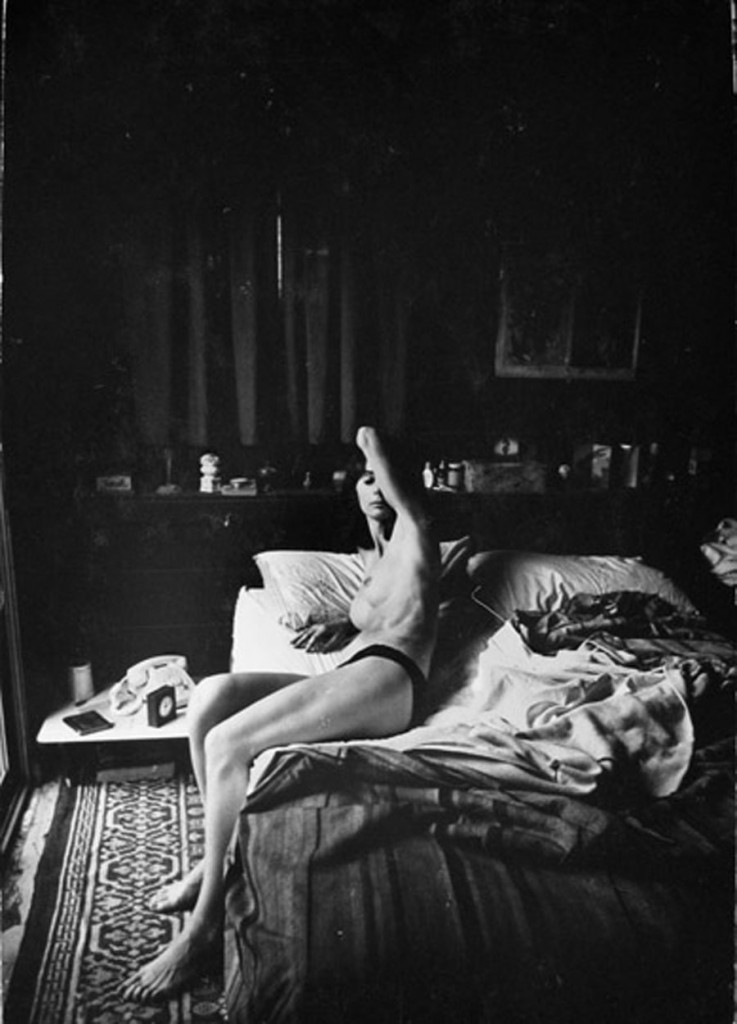 Hopper established his reputation as a cult director with Easy Rider (1969), while maintaining his reputation as an edgy character actor with gritty performances in The American Friend (1977), Apocalypse Now (1979), Blue Velvet (1986), and Hoosiers (1986). Before his rise to Hollywood stardom, he captured the establishment-busting spirit of the 1960s in photographs that travel from Los Angeles to Harlem to Tijuana, and which portray iconic figures including Tina Turner, Andy Warhol, and Martin Luther King, Jr. Hopper established his reputation as a cult director with Easy Rider (1969), while maintaining his reputation as an edgy character actor with gritty performances in The American Friend (1977), Apocalypse Now (1979), Blue Velvet (1986), and Hoosiers (1986). Before his rise to Hollywood stardom, he captured the establishment-busting spirit of the 1960s in photographs that travel from Los Angeles to Harlem to Tijuana, and which portray iconic figures including Tina Turner, Andy Warhol, and Martin Luther King, Jr.
The Lost Album in its entirety comprises over 400 black and white photographs taken between 1961—when his first wife Brooke Hayward gave him a Nikon camera for his birthday—and 1967. He would not make photographs again until the early 1980s.
Exhibited in its entirety, The Lost Album reveals casual portraits of artistic luminaries (Jasper Johns, Roy Lichtenstein, Robert Rauschenberg), leading actors (Jane Fonda, Paul Newman, John Wayne), and mythic musicians (James Brown, The Byrds, Jefferson Airplane), as well as stirring images of the Civil Rights Movement. There are also hippie gatherings, the Apollo 11 lunar landing, Mexican bullfights, and catchy advertisements for popular cars, soft drinks, and newspapers.
Hopper’s photographs, shot with a Nikon camera and a 28-millimeter lens, are uncropped and produced with available light. His preference for full-frame added to his candid approach, producing such poignant images as Beverly Renee on Bed, where the model’s intentional but awkward pose is underscored by the nonchalance of the setting, from the unmade bed to the dark upper reaches of the image. This and other photographs of women reveal more intimate, playful and voyeuristic aspects of Hopper’s gaze. In one of many photographs that he took of Hayward, she peers coquettishly from behind cat’s-eye sunglasses, wearing a crown with the price tag attached.
These images, together with the many other cultural events, iconic individuals, and intimate moments that caught Hopper’s attention, constitute a panoramic view of the sixties that combines political idealism and humanistic optimism with California cool.
This historically significant body of work from the 1960s has not been exhibited in the United States since 1970.
The exhibition runs until June 22, 2013 at Gagosian Gallery, NY.
Credits: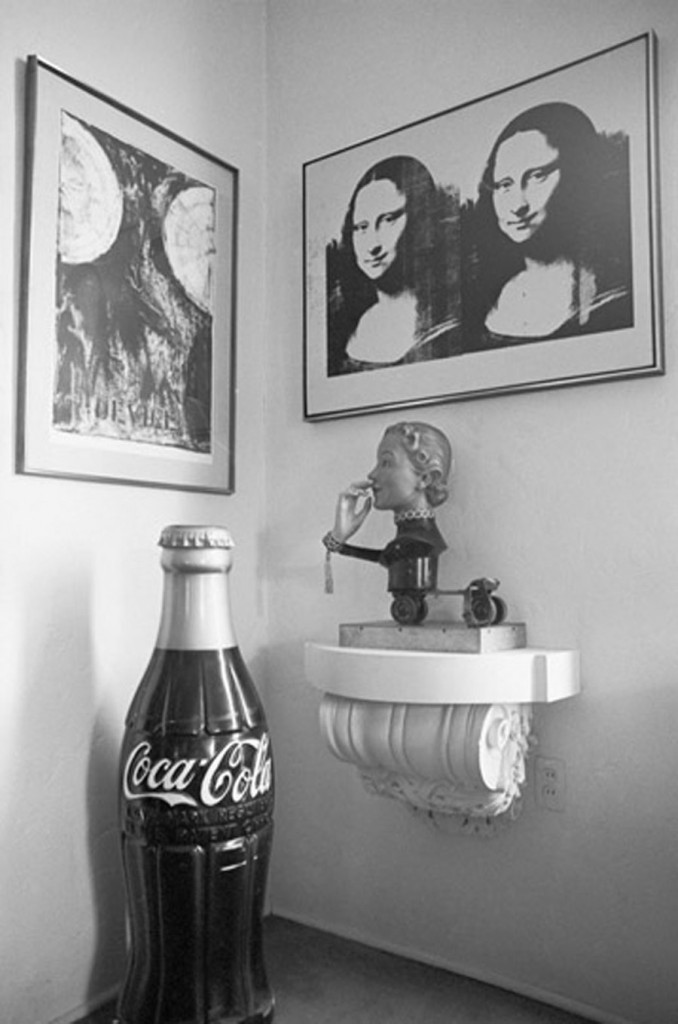
1. DENNIS HOPPER, Irving Blum and Peggy Moffitt, 1964.
2. DENNIS HOPPER, Effaced Double Poster, 1961.
3. DENNIS HOPPER, Double Standard, 1961.
4. DENNIS HOPPER, Bad Heart, 1961.
5. DENNIS HOPPER, Beverly Renee on Bed, 1961.
6. DENNIS HOPPER, Hopper House at 1712, Living Room, Mona Lisa, 1965.
Courtesy of Gagosian Gallery
Comentarii comentarii
Tags: 1960s, america, black, blue velvet, dennis hopper, gagosian, harlem, los angeles, luther king, nikon, the lost album, warhol, white Scroll to top
|